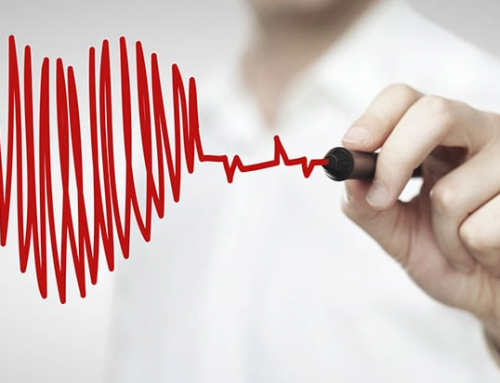High blood pressure is a condition 73 million people deal with on a daily basis.1 People with diabetes have an even greater chance of having high blood pressure. Frequently checking your blood pressure at home with a blood pressure monitor is important for people with diabetes. Not only can it help you achieve your own health goals more quickly, but can also helps in the prevention of health problems such as heart attacks and strokes.
A new joint statement by leading medical institutions stated that home monitoring of high blood pressure could help manage the disease better.1 Because it is very difficult to treat high blood pressure, some doctors believe that home monitoring could help improve blood pressure measurement and tracking. Although it is still necessary for people with high blood pressure to visit their doctor every few months for monitoring, experts believe it’s simply not enough to only check high blood pressure at the doctor’s office.
One reason why home monitoring is important is because of what doctor’s call “a white coat effect.” This means that some people’s blood pressure rises in medical settings, but is normal under other conditions. Studies show that 10 to 20 percent of people who are diagnosed with high blood pressure actually have this white coat effect.1 People with diabetes, along with the elderly, people with kidney diseases, and pregnant women, are especially prone to the white coat effect. Routine home monitoring allows people with diabetes to check their blood pressure in various situations so that a true picture of their blood pressure can be shown. Some other benefits of home monitoring are that it helps you keep track of your blood pressure treatment, controls your blood pressure better, can cut health care costs, and reduces the risks of other diseases, such as heart attacks, strokes, and kidney disease.2
When monitoring at home, it is important to use the correct equipment. An oscillometric monitor with a cuff that fits on the upper arm is best to use. You may also want to check if the monitor you choose has passed the proper validation tests. Make sure you are routinely checking your blood pressure at home. Consult with your doctor with any questions you have about choosing a monitor or any unusual results you receive from home monitoring.
[1]http://americanheart.mediaroom.com/index.php?s=43&item=425
[2]http://www.mayoclinic.com/health/high-blood-pressure/HI00016






Leave A Comment